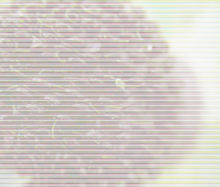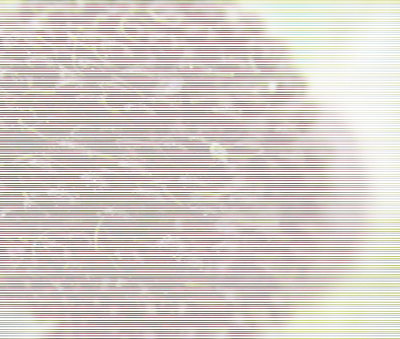In rewriting parts of my book, I had the chance to get a little deeper into the frustration of how dissociative disorders are classed and diagnosed. Here is an excerpt:
During my stay at a mental hospital in 1999, not only did a doctor diagnose me accurately with DDNOS, but I didn’t make myself forget the diagnosis, which had happened a few years previous. This is after being misdiagnosed any number of times with any number of ailments, some of which were correct for specific personalities but never the entire picture. Diagnosing someone with DID or DDNOS can be particularly difficult if the therapist only sees one or two of the personalities during their visits together. I was lucky to meet some very competent doctors during that first mental hospital stay.
The full definition of DDNOS can be found in the dictionary:
DDNOS is a diagnostic category ascribed to patients with dissociative symptoms that do not meet the full criteria for a specific dissociative disorder.Because there are only a handful of specified dissociative disorders, there are any number of people falling through the cracks without a diagnosis. Add to that the fact that many states and doctors don’t acknowledge DID as a ‘real’ illness, and you can see why there are so many people not getting the help they need. After all, if your doctor doesn’t believe in the illness you have, how can they help you heal?
This is a serious problem and needs to change. We need better words and clearer diagnosis. It was nice to see that I’m not the only one frustrated with this current diagnosing system and the words that are used. This letter to the editor from Kenneth A. Nakdimen, MD says pretty much the same thing.
If you read my book and would feel comfortable giving me specific feedback, please let me know. I’m getting plenty of feedback from editors about what they think should be ‘streamlined’ but I’d like to know how those of you that have read it feel.





